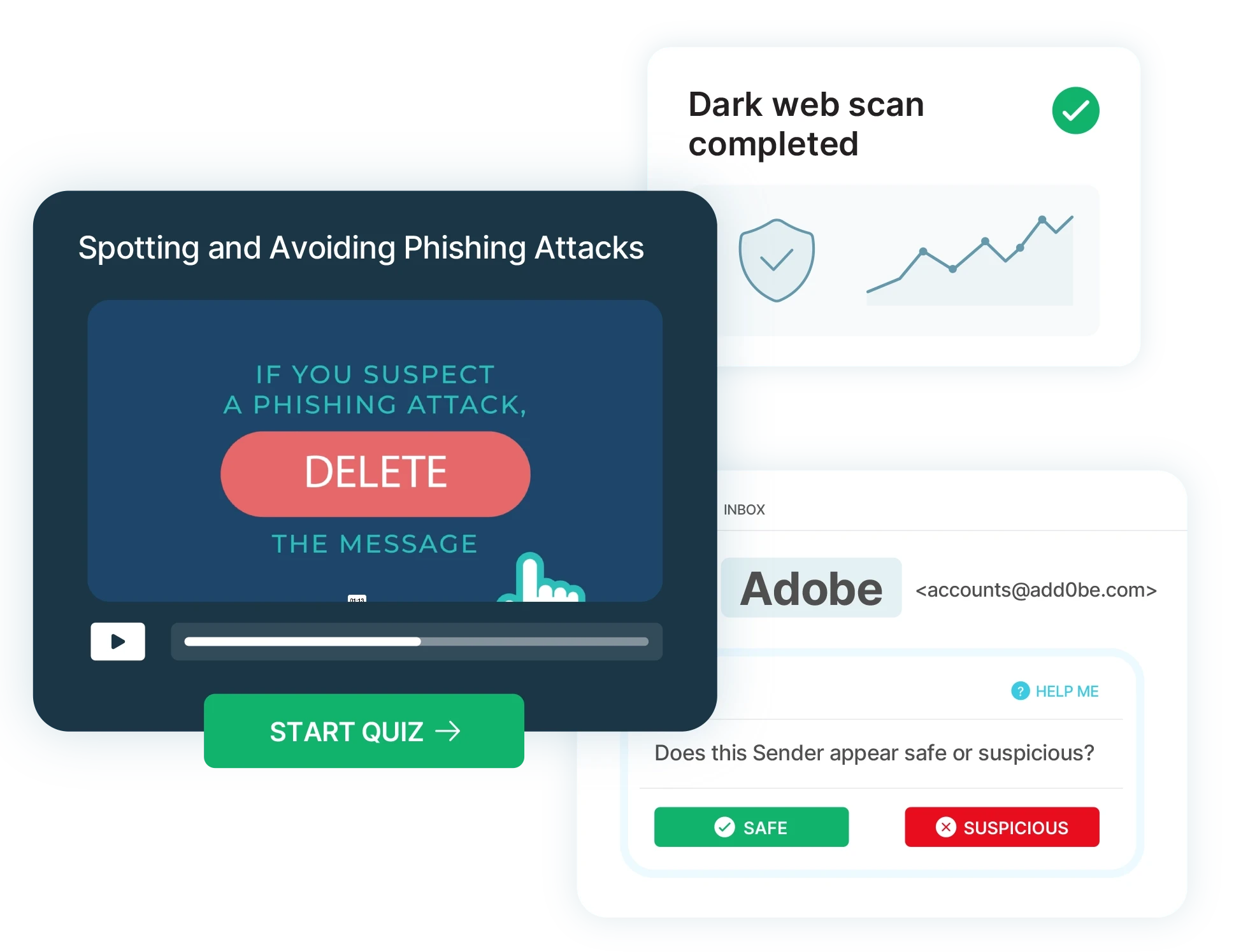If you’re utilizing Barracuda’s Email Security Gateway, you can white-list CyberHoot IP Addresses and Domain Name to allow our simulated phishing test emails and training notifications to get through to your end-user’s inboxes.
Please see this article for the current IP Addresses and Domain Names for CyberHoot.
CyberHoot Email-Relay IP Addresses, Domains, and White-Listing Articles
These instructions were gathered and summarized–based on Barracuda’s knowledgebase. For more information on how to white-list in Barracuda, check out this video from Barracuda.
If you are using Barracuda’s Email Security Service (cloud), follow these steps to white-list Barracuda by IP address:
If you are using Barracuda’s Email Security Gateway (on-premises), follow these steps to white-list Barracuda by IP address:
You may need to white-list us in Barracuda’s Intent Analysis feature to prevent the URLs in simulated phishing tests from being altered, and potentially resulting in skewed phishing test results. See this article from Barracuda explaining this process
If you are using Barracuda’s Email Security Service (cloud), follow these steps to white-list Barracuda’s Intent Analysis:
If you are using Barracuda’s Email Security Gateway (on-premises), follow these steps to white-list Barracuda’s Intent Analysis:
If you are using Barracuda’s Advanced Threat Protection (ATP) and have experienced false clicks or false attachment opens, you can set up exemptions. Setting up exemptions allows you to bypass PDF scanning for phishing test emails from CyberHoot’s IP addresses.
To set up exemption addresses to bypass ATP PDF Scanning:
Discover and share the latest cybersecurity trends, tips and best practices – alongside new threats to watch out for.

The world of work has changed enormously since COVID-19. Gone are the days when IT admins sat behind a corporate...
Read moreGet sharper eyes on human risks, with the positive approach that beats traditional phish testing.
